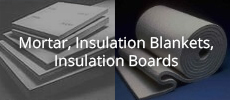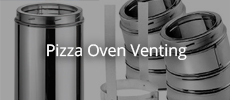mongota , you are doing a great job "paying it forward" ! I just want to bring out one point about the string method for future builders that may be reading this thread. You and I both used the IT on our builds. I've used the string method on lots of things for brick on horizontal planes, but never a compound curve such as the dome. (I'm glad that Hondo came up with the concept
 ) The string method may be close however, it's alignment with the anchor point is not the same. A properly built IT places the ray or center line at the center of the brick. Setting the brick with the string in alignment with the top of the brick places it catawampus with the center line of the dome. When an IT is built catawampus that can cause an offset or lip on each course that compounds with each couurse.
) The string method may be close however, it's alignment with the anchor point is not the same. A properly built IT places the ray or center line at the center of the brick. Setting the brick with the string in alignment with the top of the brick places it catawampus with the center line of the dome. When an IT is built catawampus that can cause an offset or lip on each course that compounds with each couurse.




Leave a comment: